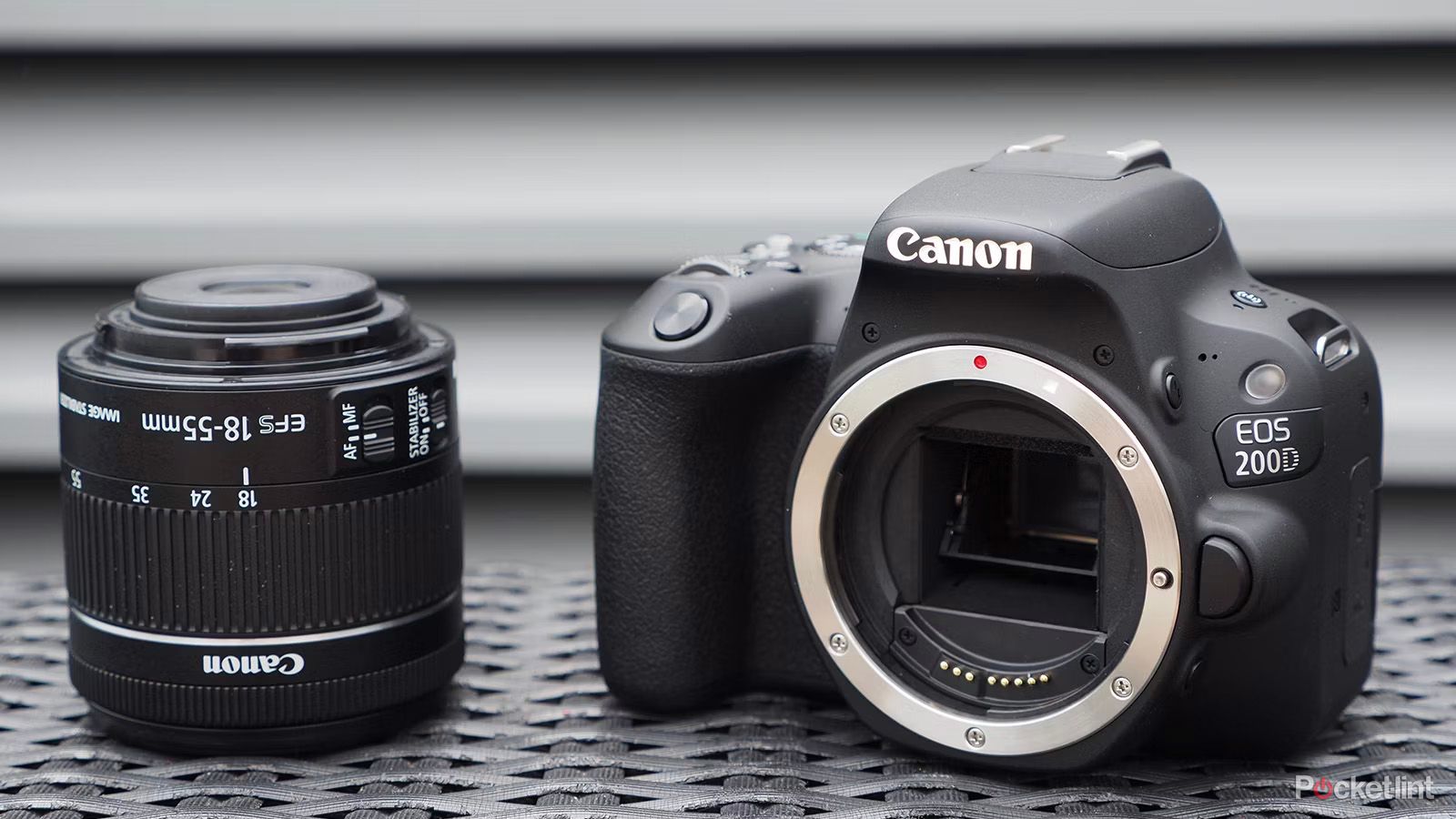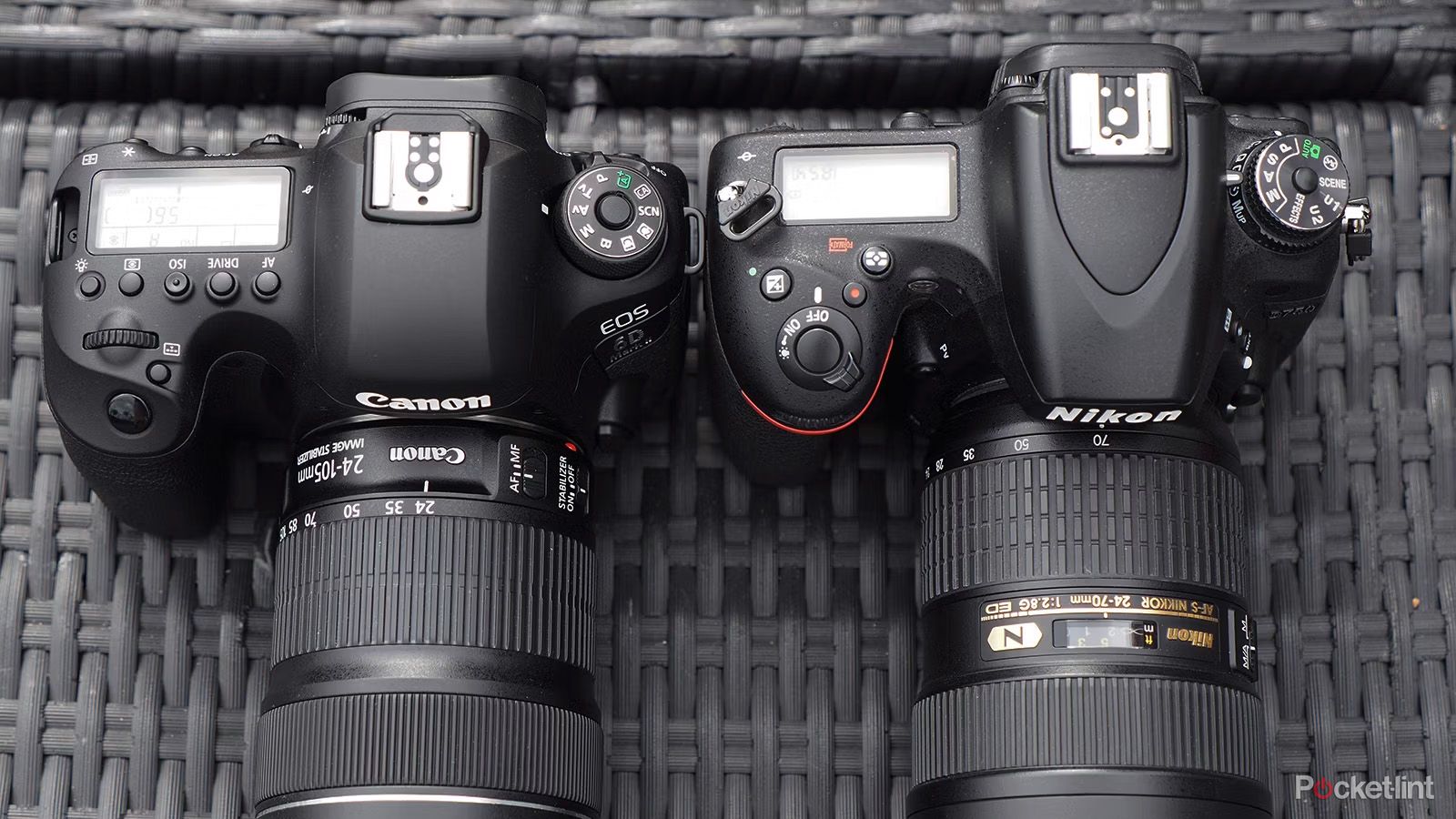Once upon a time, DSLRs were the only interchangeable lens option in the camera world. These days, mirrorless cameras are the dominant force, with most major camera brands abandoning the older form factor.
Perhaps you've landed on this page after a search for the best DSLRs without realizing that the major camera manufacturers are no longer making DSLRs. For most, the best interchangeable lens cameras are actually mirrorless cameras. And as the focus of the biggest camera manufacturers, mirrorless models now incorporate the most advanced features.
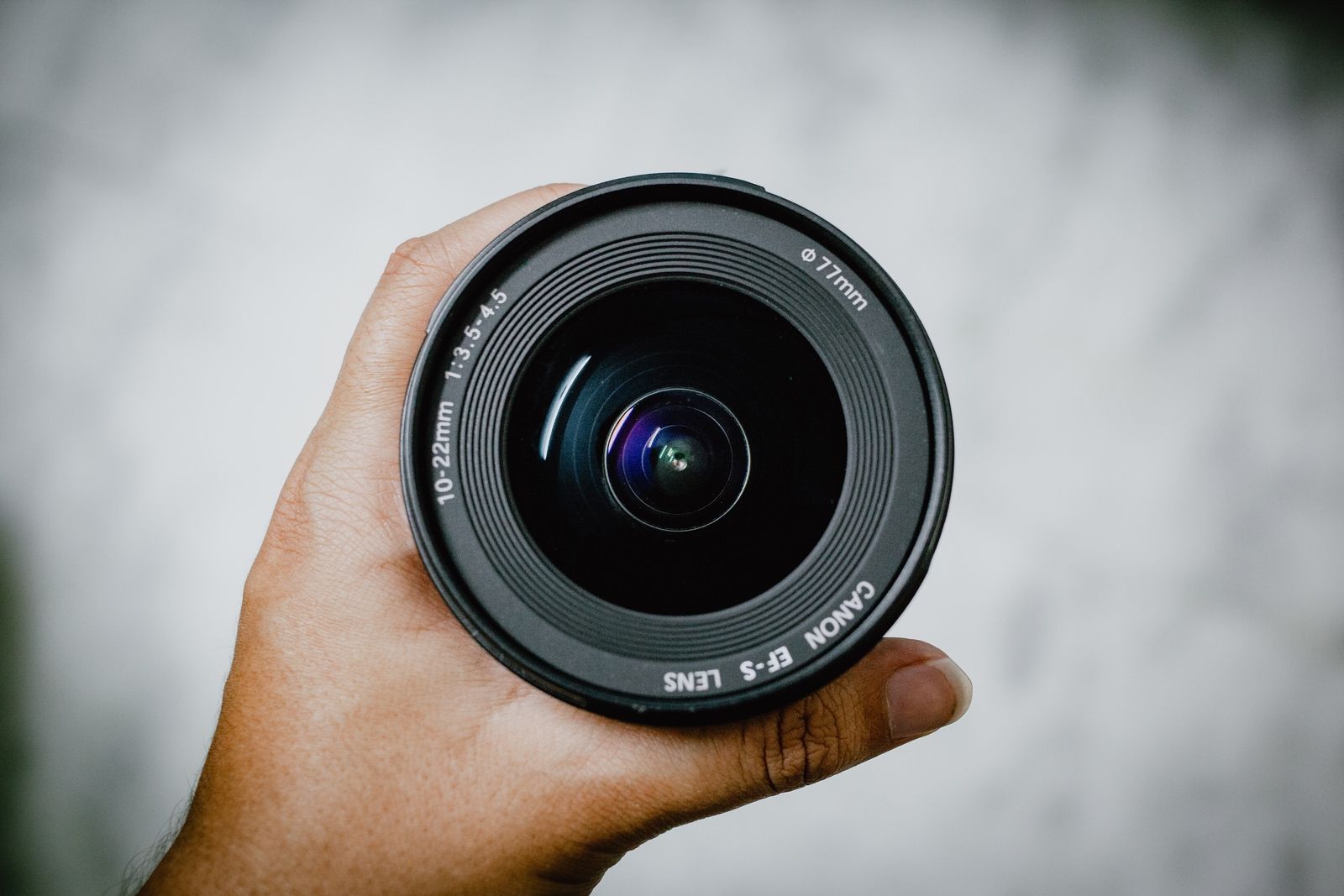
Best DSLR lenses: Top glass for your Canon or Nikon camera
If you're on the lookout for a quality lens for your DSLR camera, check out this collection of the finest on the market to get your money's worth.Yes, mirrorless cameras are the more technologically advanced option in 2024. However, some photographers are putting nylons over their lenses to give their photos a softer, more vintage look -- a clear indicator that not every artist is looking for the latest tech. If you prefer that old-school SLR feel, rather than having a little digital screen in your viewfinder, then there's no substitute. You can potentially save some cash, too, with budget DSLR options now being cheaper than ever before.
So, whether you're a complete beginner, are looking to upgrade, know plenty about cameras already, or are considering a more professional option -- this is where we round up the best DSLR cameras available to buy in 2024.
Best DSLR cameras: Our top choices
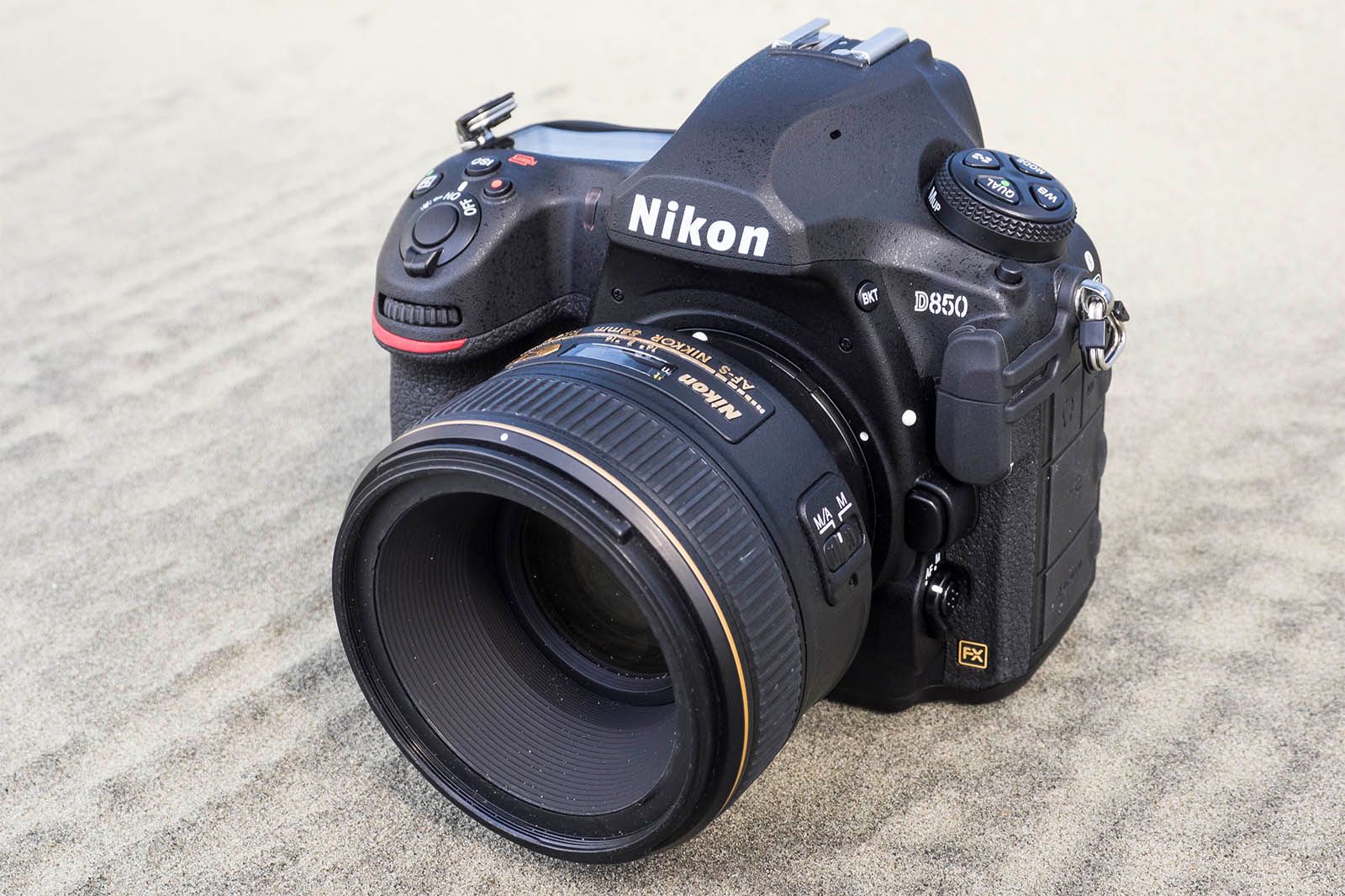
Nikon D850
The pinnacle of DSLR technology
Arguably, the Nikon D850 is one of the best DSLRs ever made, combining build quality, image quality and battery life to satisfy the most demanding of photographers.
- High-resolution 45.7-megapixel sensor
- Incredible battery life
- Superb dynamic range
- Autofocus is slow in live view mode
- Expensive
Equipped with a monstrous 45.7-megapixel sensor, the Nikon D850 pushed the boundaries of image resolution when it was first released. In the right hands and with good quality glass, this camera is capable of producing crisp and highly detailed images. The dynamic range is almost unreal, too. I shot portraits and weddings with the D850 for a few years, and I was seldom disappointed with what the camera could do.
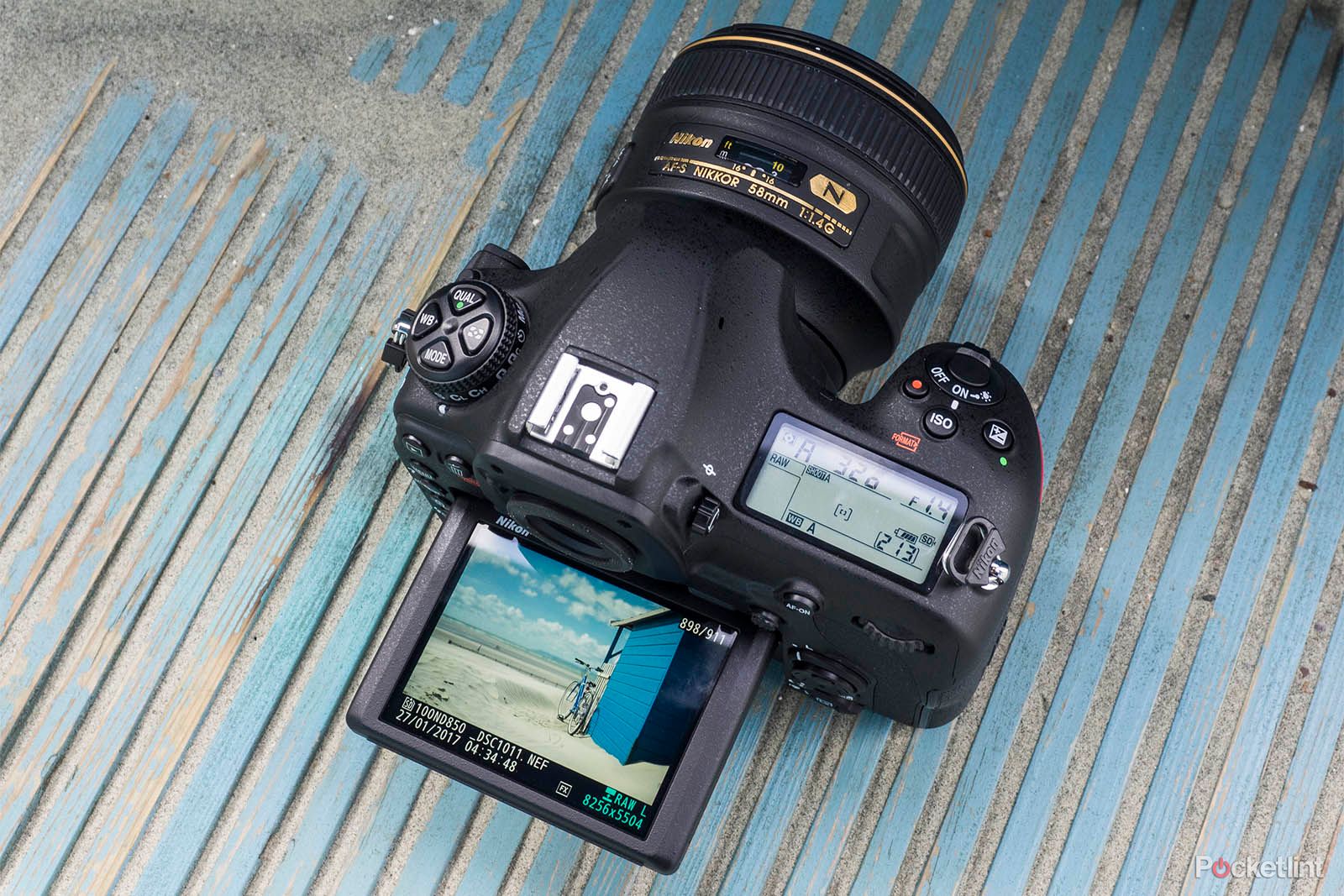
Nikon D850: The best DSLR ever?
The Nikon D850 impresses on paper. But after sustained use it's blown us away.Little changes to the D850's body compared to its predecessor's also transform the user experience. Illuminated buttons, a silent shutter mode, a deeper grip, and class-leading battery life all add up to something special. Its ergonomics are hard to replicate among mirrorless options.
We found that its only real shortcoming is that the live view autofocus speed isn't as capable as Canon's equivalent. Using the viewfinder, the D850 offers excellent autofocus performance.
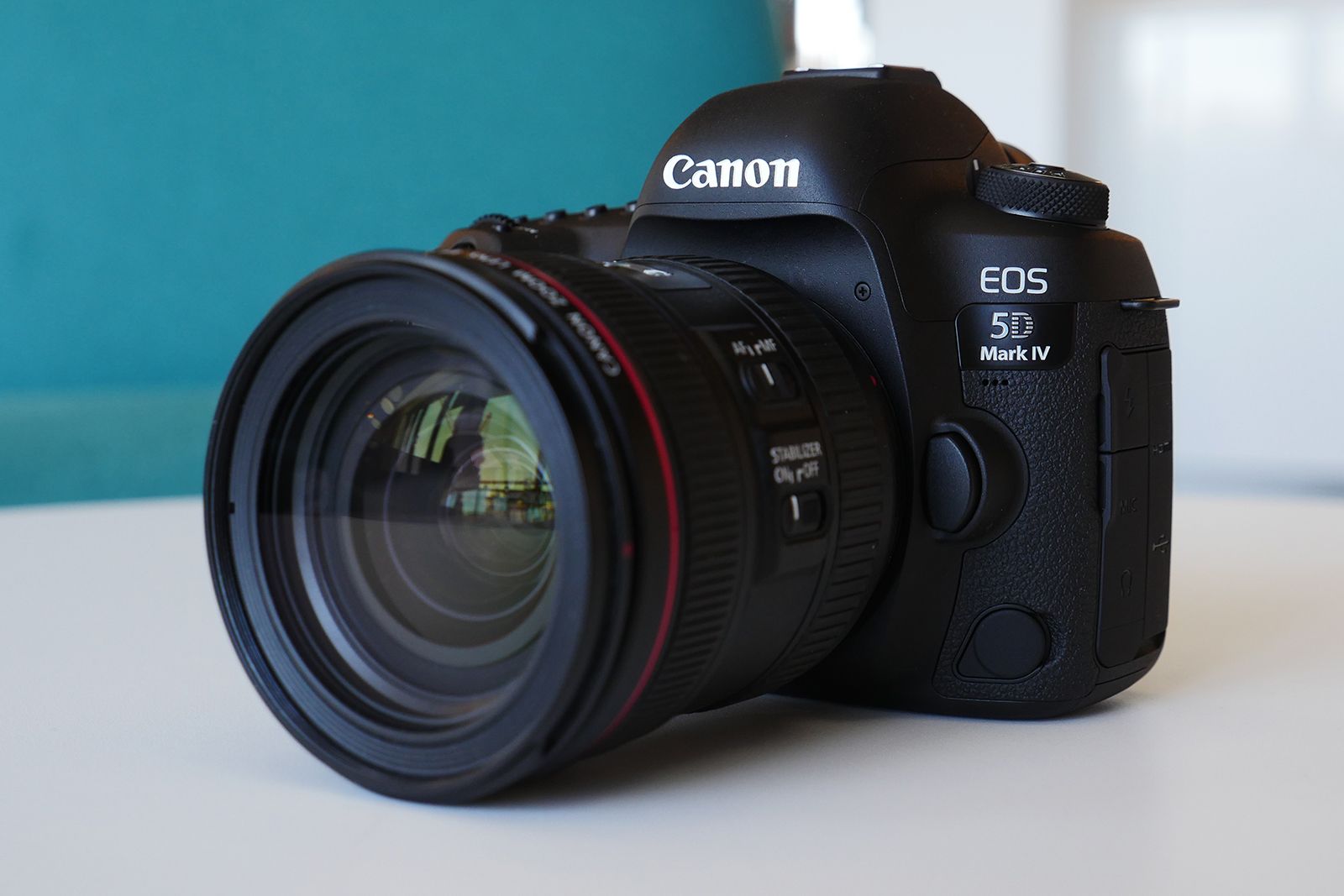
Canon EOS 5D Mark IV
The do-it-all camera
It's been around for a good while now, but the Canon EOS 5D Mark IV is still loved by many for good reason.
- Fantastic autofocus system
- Solid image quality
- Dual Pixel RAW re-focus
- No flip-out screen
- 4K video has limited file types
The 5D Mark IV offers a deft balance between resolution, image quality, autofocus ability and control, seeing it stand head and shoulders above its predecessor and much of the competition, too.
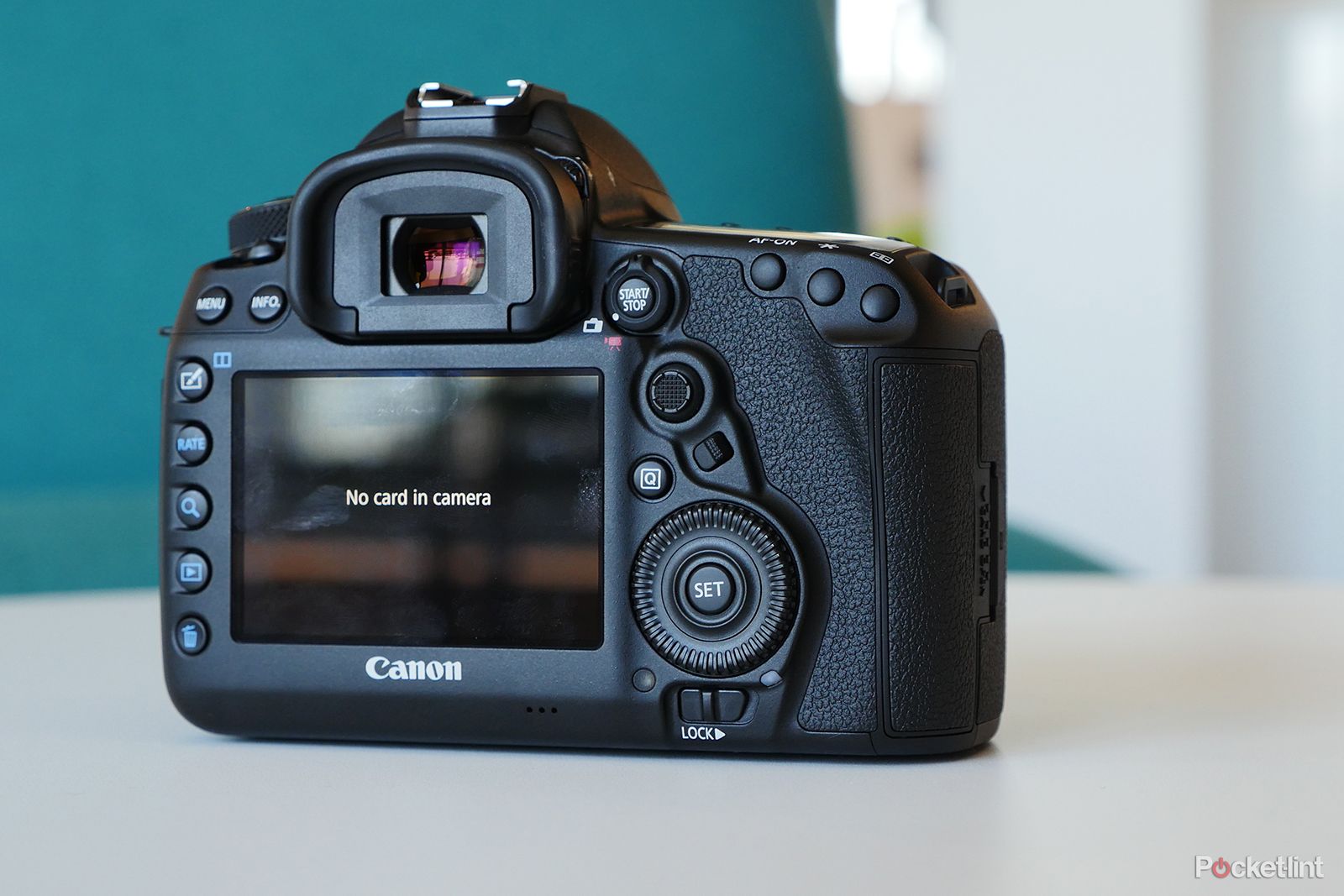
Canon EOS 5D Mark IV: The 30-megapixel monster
Overall, as full-frame all-rounders go the 5D Mark IV is hard to beat.It's not cheap by any means, but it's got every base covered, and the 30-megapixel sensor is not only awesome in good light, but it aces low-light conditions, as well.
In the present day, the lack of a flip screen feels very old-fashioned, and the 4K video capture no longer wows. Canon's own mirrorless offerings can now capture up to 8K video, for instance. For photographers preferring an SLR system though, the 5D Mark IV still has a lot to offer, especially when paired with some of Canon's industry-leading glass.
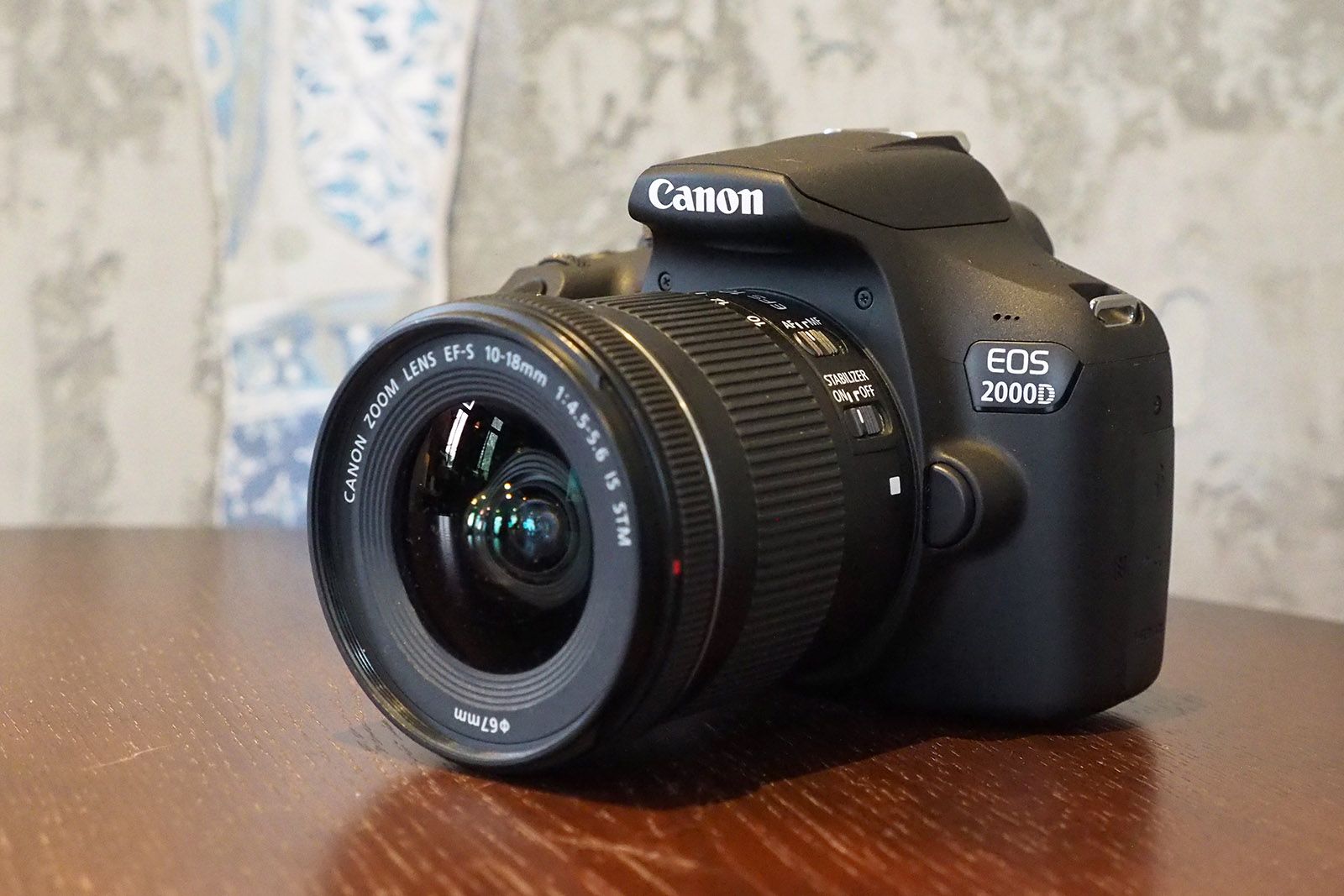
Canon EOS 2000D / Rebel T7
Cheap but cheerful
Those looking for a cheap way to jump into the hobby will be pleasantly surprised by the image quality offered by the Canon Rebel T7.
- Fantastic value
- Wi-Fi and NFC functionality
- No flip or touchscreen
- Basic feature set
We think the Canon 2000D could be the perfect option for those looking to upgrade from a smartphone camera to a DSLR platform. It's cheap and cheerful, and its Wi-Fi functionality means you can transfer photos straight to a smartphone for editing and sharing.
You'll get the benefit of interchangeable lenses, as well as a far larger sensor, which means better low-light performance and real bokeh that doesn't rely on AI trickery to cut out the subject.
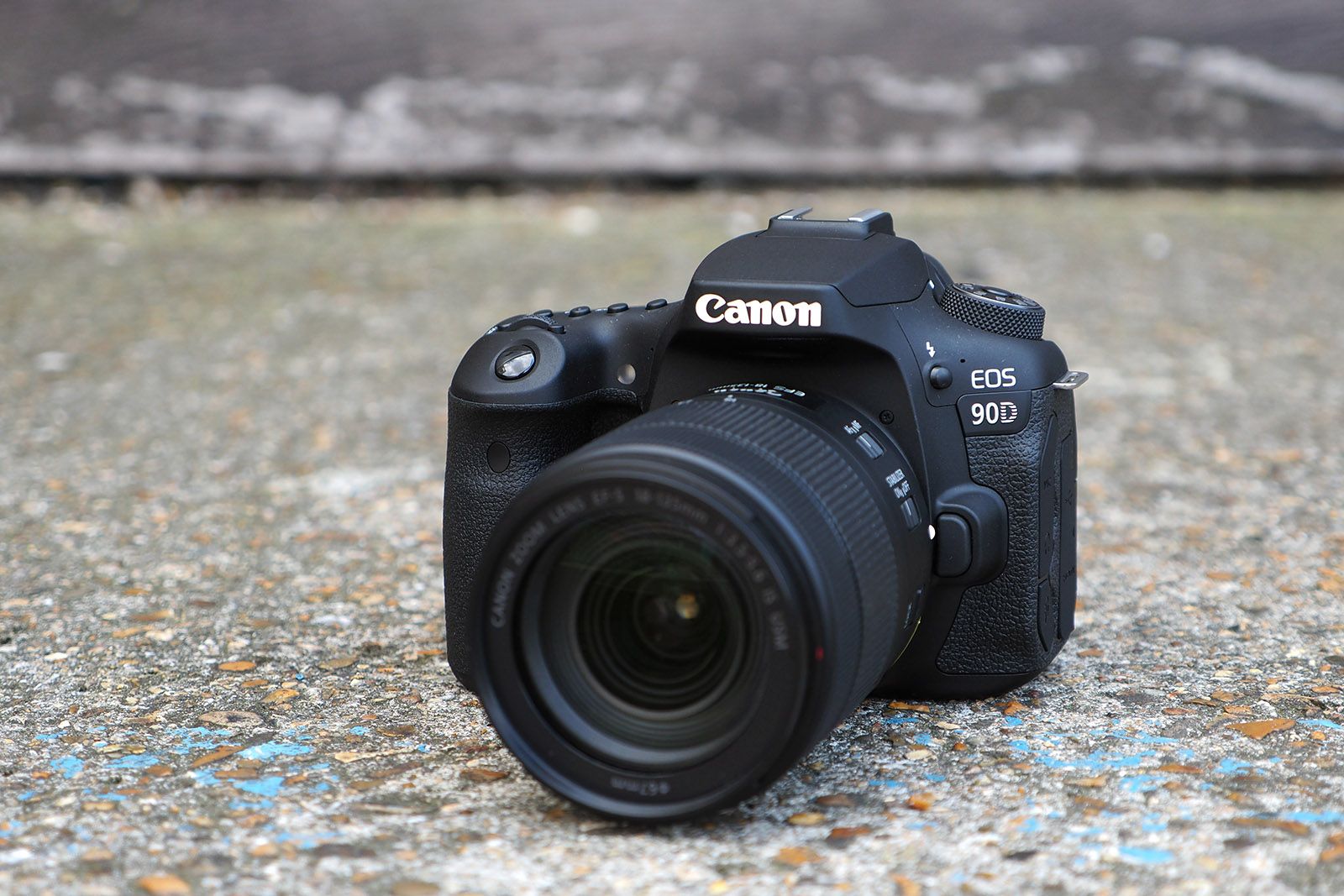
Canon EOS 90D
A DSLR that's still competitive with mirrorless models
It might look a lot like its predecessor, but the Canon EOS 90D is an altogether different beast underneath, packing a 45-point autofocus system and a 32.5 megapixel sensor.
- Highly capable autofocus
- High resolution
- 4K video recording
- Single SD card slot
- No in-body stabilization
If you're looking for an all-rounder when it comes to both still images and video capture, then the 90D is still one of the best pure DSLRs to cater to such a crowd.
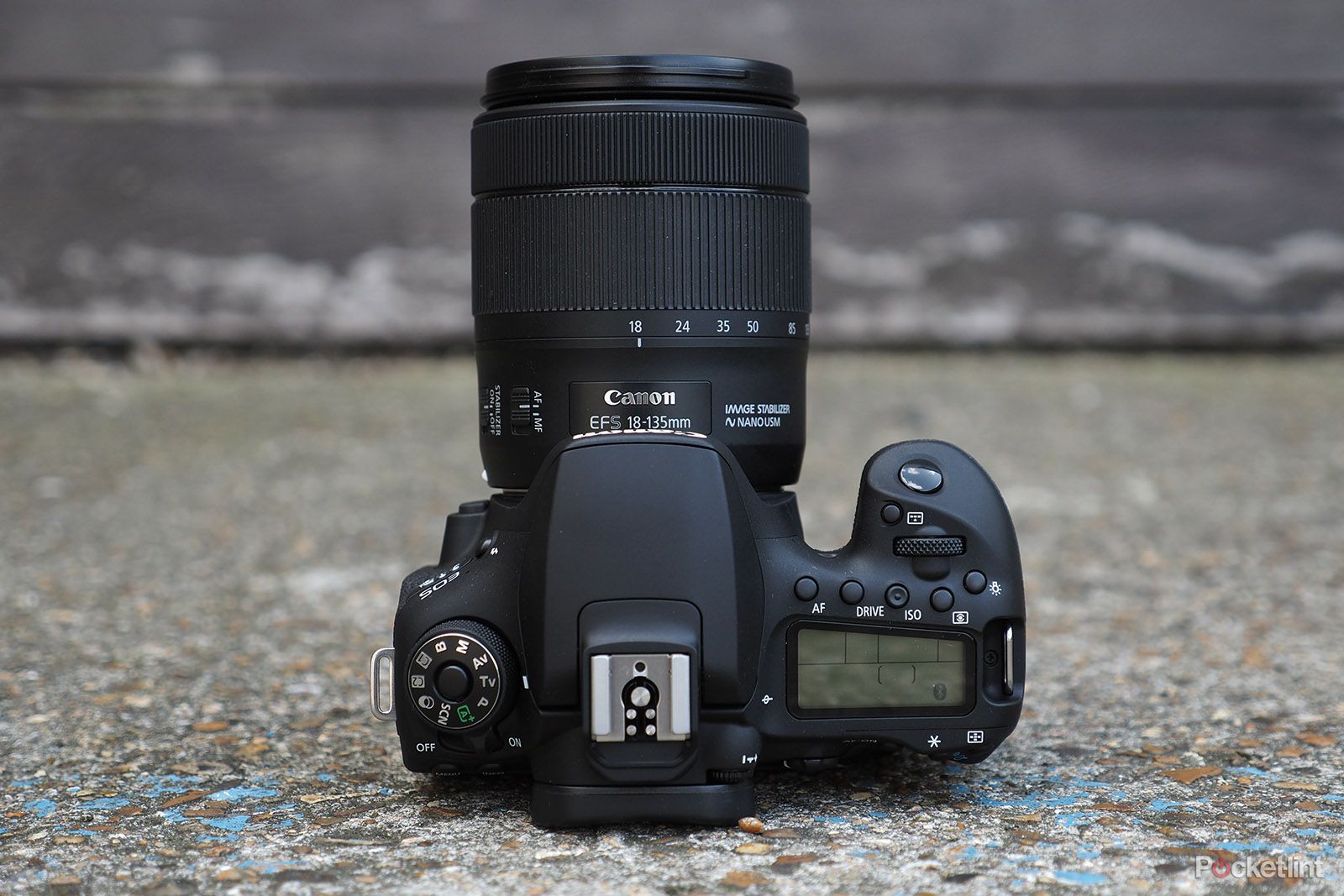
Canon EOS 90D: Is this 32-megapixel DSLR the perfect match?
With an all-new 32.5-megapixel sensor, capable of 4K video capture, the 90D is a similar-looking but altogether different beast from the outgoing 80D.Where the 90D really excels is with its autofocus system. The Dual Pixel AF system is fast and accurate, whether you're looking through the viewfinder or using the rear screen to compose your shots.
Elsewhere, the 90D ups the viewfinder ante with a what-you-see-is-what-you-get 100% field-of-view, which is something cheaper DSLR cameras often lack. Additionally, its Vari-Angle touchscreen remains one of its strong points, especially in a competitive world against mirrorless cameras.
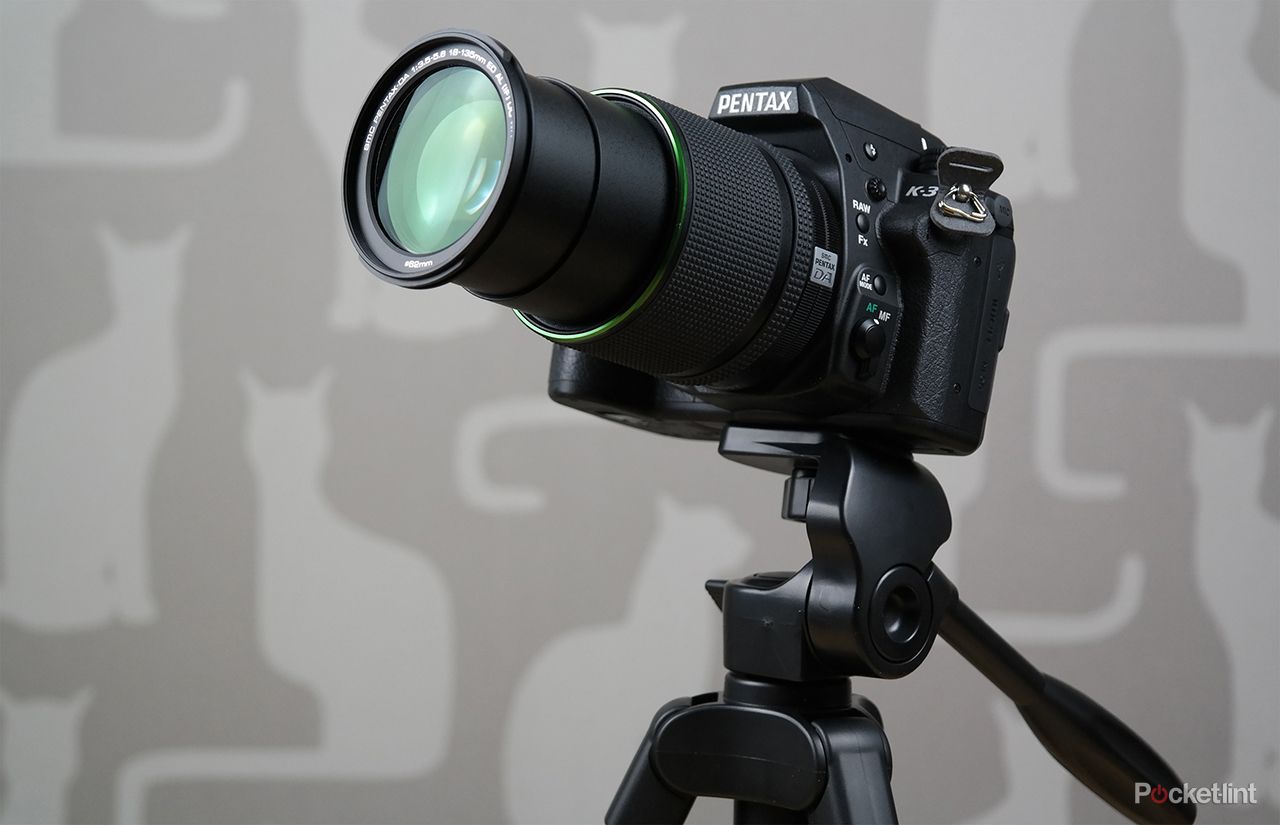
Pentax K-3 Mark III
One of the few modern DSLR options
Pentax is one of the few companies still creating DSLRs -- so if you're in it for the long term, the Pentax K-3 Mark III is worth considering.
- Solid image quality
- Fast 10 fps performance
- Ergonomic body with weather-sealing
- Outdated feature list
- Cropped 4K video
If the idea of buying a DSLR system from a company that no longer makes DSLRs terrifies you, consider the Pentax K-3 Mark III. Ricoh is one of the few companies still developing new DSLRs, though the small firm typically goes longer between updates. One of the perks of choosing a model from a company that still makes DSLRs is that the company has a long list of firmware updates running for the K-3 Mark III -- so you're still getting continued support here.
The Pentax K-3 Mark III utilizes a 25.7 megapixel APS-C sensor, but offers faster performance and better autofocus than the older full-frame K-1 Mark II. While Pentax DSLRs often feel a little quirky to those who have used cameras from Canon or Nikon, some of those quirks are a good thing. The sensor inside is stabilized, a feature that's easier to find among mirrorless cameras than DSLRs. Another plus is the magnesium alloy body is sealed against dust and rain.
The reason to opt for the Pentax K-3 Mark III is the fact that the company is still developing DSLRs and lenses. However, the K-3 Mark III still gets beat out in features by similar models from Canon and Nikon, not to mention mirrorless cameras like the Fujifilm X-T5. There are faster choices out there, as well as better video options. But, there may be more security in choosing a company still committed to DSLRs.
The bottom line: What is the best DSLR camera?
If you're looking for the best long-term investment or the most advanced tech, mirrorless cameras are the way to go. But the price, large grips, excellent battery life, or personal preference will sway more than a few photographers to go the DSLR route. If that's you, the Nikon D850 offers an excellent blend of speed and high-resolution images. Ergonomics on the D850 are also excellent, including a comfortable grip and backlit buttons for working in the dark.
Not everyone can afford to pick up the D850, however. On a budget, the Canon EOS 200D or 90D are excellent options. The Canon 5D Mark IV is a high-end choice that's still used by some professionals. And as one of the few brands still working on DSLRs, the Pentax K-3 III is also worth a look.
How we chose the best DSLRs
We've tried most DSLRs on this list, and we've only picked the best models to feature on this page. While it's true that the main manufacturers are no longer developing new DSLR bodies, the models listed here are still being produced and are still available brand new with warranties to reflect that.
It's impossible to include the right camera for everyone's needs but we've tried to include a wide spread of options at various price points to cover as many bases as possible. Whether you're just getting started in photography, or you're a seasoned pro, you'll likely find a good option on our list.
How to find a DSLR that's right for you
There are a wide range of DSLRs on the market, designed for everyone from casual holiday snappers to full-time professionals. That means it can be extremely hard to narrow down which one is right for you. Here are a few things worth thinking about before you decide on a camera.
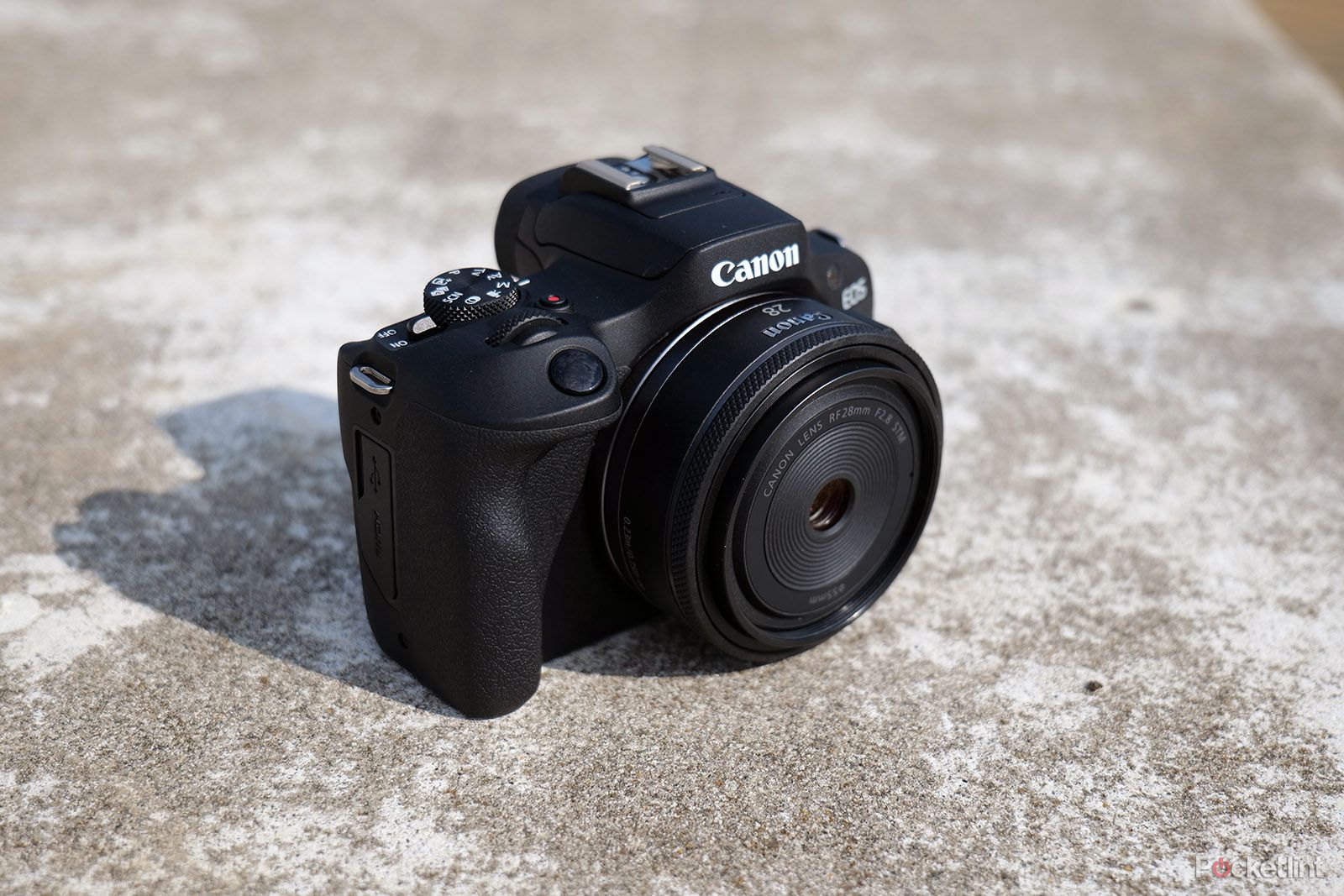
Best cameras for beginners: Photographer tested and reviewed
New to photography? The best beginner cameras can capture gorgeous photos and videos without costing a fortune.What will you be using the camera for?
This will be the big deciding factor for most people, as different cameras are tailored toward different shooting styles. Some cameras offer extremely high burst rates for shooting sports, whereas others will give you a silent shooting mode to ensure that your shutter click doesn't scare away any wildlife.
Think about how you will mainly be using the camera, and the specs that you should care about will quickly become apparent.
Which lenses will work?
For Canon, it's EF-mount (including EF-S), for Nikon it's F-mount, for Pentax it's K-mount. Sony has discontinued its line in favor of its mirrorless offerings. There are some additions and exceptions, but those are the current main three.
Don't fall into the trap of buying the wrong lenses just because the brand names match up. Canon mirrorless or RF lenses won't work with Canon's DSLRs; Nikon's Z mirrorless lenses won't work with Nikon DSLRs either.
What's the deal with sensor size?
Entry and mid-level cameras typically have what's called an APS-C size sensor. Some pro-spec cameras have full-frame sensors that, because they're physically larger, need specific (typically pricier and more advanced) lenses that are capable of covering those larger dimensions.
A full-frame camera collects more light and this will give you better low-light performance and shallower depth of field in your shots. Unfortunately, they're typically a lot more expensive than their APS-C counterparts and the same goes for the lenses too. So if budget is a concern, we'd recommend sticking with APS-C.
Which focal-length lens should I buy?
There are plenty of things to consider with lenses and this all depends on the type of photography you are planning on doing. If it's all about portraits, you'll want something around the 50mm or 75mm mark. If you are trying to snap that lion on the Savannah and don't want to get eaten, then you'll want something with a long zoom, like 300mm or greater.
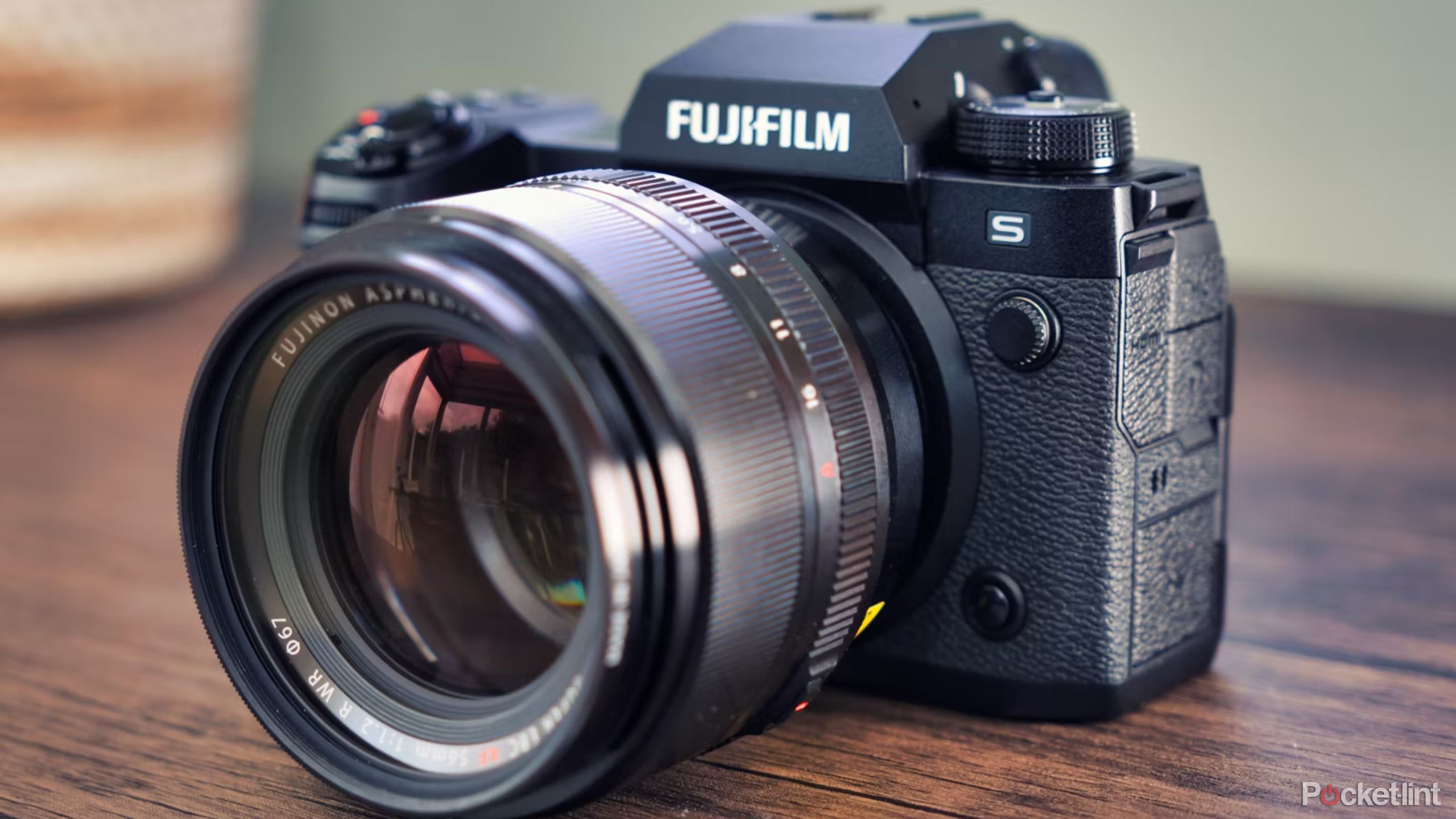
DSLR vs mirrorless cameras: Which is worth buying new in 2024?
DSLR cameras ruled for many years, but mirrorless cameras have taken the throne with the most advanced technology.DSLR vs mirrorless: Which is best?
DSLR stands for digital single-lens reflex, and these cameras have removable lenses so that different optics can be attached to the camera body and provide a different view of the world. Unlike mirrorless cameras, DSLRs use a mirror to bounce the view from the lens up to the viewfinder, so you can see what the lens sees. Mirrorless cameras use a tiny electronic screen instead, called an electronic viewfinder.
If you want the latest tech, you'll want to opt for a mirrorless camera instead. Similarly, if you mainly care about video, then the mirrorless options offer far more for your money, and you should certainly consider them before committing to a DSLR.
If you're an old-school film shooter and can't resist the tactile sound of the mirror flipping away, then there really is no alternative.
If you're on a tight budget, you can typically find entry-level DSLRs for cheaper than their mirrorless equivalents. This will leave you with more to spend on lenses, arguably the best investment in the photographic world.
If you're an old-school film shooter and can't resist the tactile sound of the mirror flipping away, then there really is no alternative. Luckily, there are still loads of great options -- some of which you can explore in our other camera buyer's guides.
Should you buy a DSLR in 2024?
When mirrorless cameras first arrived, the older DSLR was still considered the better choice for professionals and serious photographers. However, it's now 2024, leaving behind mirrors has powered a number of advancements that DSLRs cannot match. Additionally, Canon, Sony, and Nikon are all no longer making new DSLRs.
Most photographers looking for a new camera system should invest in a mirrorless camera rather than a DSLR.
In 2024, mirrorless cameras feature faster, smarter autofocus systems compared to DSLRs. Mirrorless camera bodies tend to be smaller and lighter. With more manufacturers focusing on the form factor, interchangeable lens mirrorless cameras are now where you'll find all the latest photography tech, including advanced image stabilization and eye detection autofocus. Beginners will also find electronic viewfinders make it easier to learn the basics of photography, since they can show an accurate preview in real time of what the camera's settings will capture. Lastly, mirrorless lenses can be sharper than their older DSLR equivalent in some cases.
Yes, mirrorless cameras are the smarter, more technologically advanced choice in 2024. But, if photographers can still choose to shoot analog film in 2024, you can still opt for a DSLR.
Look at the lenses to make your choice
That said, one of the primary reasons I recommend most photographers look to mirrorless, are those lenses. Photographers expect to update their camera bodies on a regular basis, but lenses often last much longer. So if you buy a DSLR now, you'll also be buying DSLR lenses -- unless you already own some.
The question then becomes, should you really buy new DSLR lenses when, in five or ten years, Nikon, Canon, and Sony won't have a top-of-the-line DSLR? Yes, Canon and Nikon sell adapters that allow you to use your old DSLR lenses on their latest camera bodies, but many of the advancements in image quality and autofocus are lost when using adapted glass.
Once you buy a DSLR, you will start investing in lenses. When you decide to upgrade in five years, DSLRs will be even more antiquated, yet you'll now have much more money invested in an aging camera system and mount. If you are just starting out and don't already have a stash of DSLR glass, choosing a mirrorless camera means your investment is likely to last longer as you continue to use the lenses long after you've retired your old camera body.
Better battery life and affordability
While I recommend mirrorless cameras for almost all photographers, new or advanced, there are a few cases where a DSLR is still a good choice. As an older technology, DSLRs are more affordable -- and there are a plethora of cheap used lenses out there. DSLRs, due to their larger size, tend to offer better battery life than their mirrorless counterparts. There's also something to be said about the magic of seeing how a DSLR transforms what you saw through your viewfinder into a photograph.
Yes, mirrorless cameras are the smarter, more technologically advanced choice in 2024. But, if photographers can still choose to shoot analog film in 2024, you can still opt for a DSLR.

